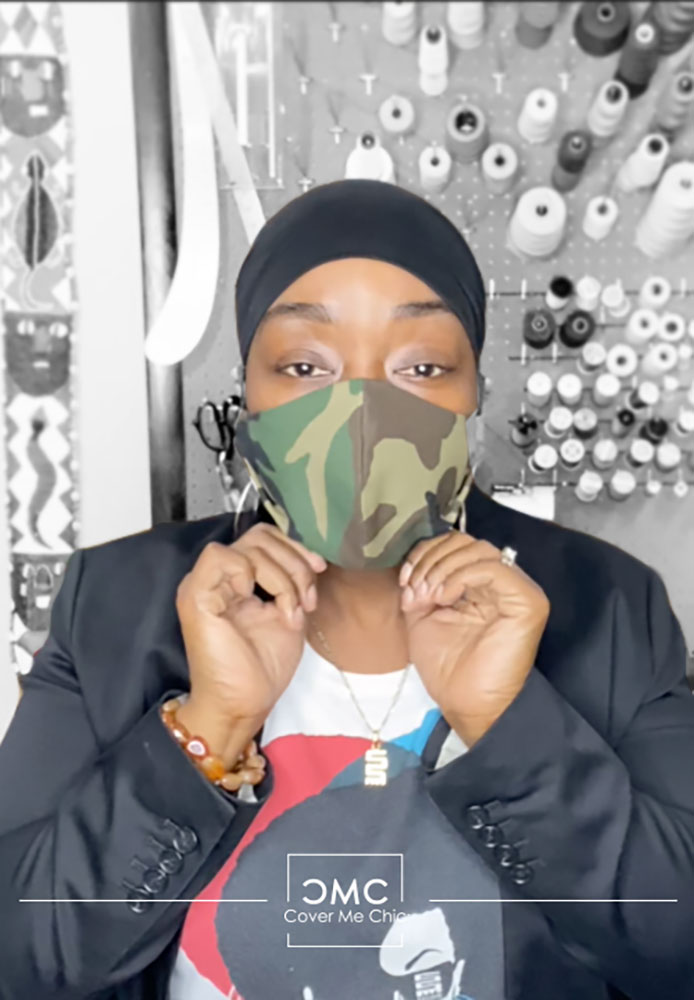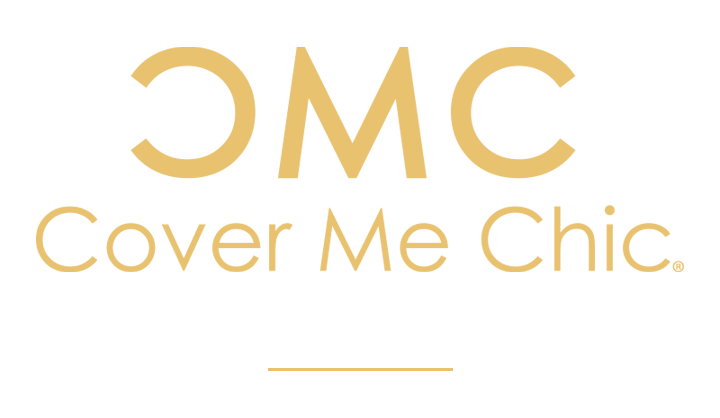For your garment to look professional and fit you properly there are 7 elements that are essential in the process for successful results. When these key steps are followed you will achieve a high-end product every time you sew or make a pattern.
1. The Plan
To know where you’re going you need a plan to get there correct? In pattern making you need a flat sketch, it doesn’t have to be anything fancy and you don’t need to know how to draw. If you can draw a straight line, then you can draw a flat. When developing a pattern, working from a detailed flat sketch or technical flat is essential.
What is a flat sketch you may ask?
Definition: A flat sketch is a line drawing that shows every seam and detail of the design. This sketch is used by pattern makers as a guide for drafting the pattern. It is the blueprint, it is the plan.
If you’re not making the pattern, then you can buy one or get a garment you like and use that as your guide. We will go over how draft a pattern from an existing garment in the series.
2. Accurate Body Measurements
When taking your measurements or your clients measurements, round to the nearest eighth of an inch. Measure for accuracy, not for vanity. You want it to fit and flatter your body correctly. When a garment is too big or too small, it looks cheap and ill made. Measure, then measure again and if you’re not 100% sure the measurements are accurate. Do it again.
3. A Good Pattern
Once you have the flat sketch and correct body measurements you can start drafting your pattern, or as we say in the fashion industry your ‘sample pattern’. If you are making this for yourself or a client, then the sample pattern is all you need. Of course you would fit and make adjustments as needed, but essentially there is only need for one pattern. For those who are making multiple sizes for business production there is a sample pattern and once that is perfected, a production pattern is made from that. For those not interested in drafting your own pattern, commercial patterns can be used. More on that later on in the series.
4. Quality Fabric
Your garment will be as good as the materials you use to make it. Quality fabric is essential in the drape and fit of the garment. Make sure you choose fabric that reflects the style and design of the sketch. Is the design tailored to the body? Or Is it loose and have a lot of drape? Is the fabric a knit or a woven? All of these are aspects to take in to consideration when choosing your fabric. More on fabric choices and fit later on in the series.
5. Precise Cutting
Now that you have the pattern, you lay it out on the fabric to cut. All of your hard work will go down the drain if the cutting is off. To avoid this, when cutting, cut as close to the pattern edge as possible and cut as straight as possible. Also mark and cut were applicable all notches, darts, pleats and any other detail needed to sew the garment together.
6. The Right Tools
What makes a professional a professional? The right tools and the expertise in using them. The same goes for sewing and pattern making. The right tools make your job easier, quicker and more accurate, hands down!
7. Excellent Finishing
I can tell you from experience, you can follow all of the other steps perfectly, but if you get the finishing wrong, your garment will look homemade. Good finishing can hide a lot of mistakes that were made along the way. For instance, if the side seams didn’t match up in the sewing process, an even hem will hide that. Some times when the seams don’t lay flat, a good press can mask it. When working with closures i.e. zippers and buttons, spend the time to get those right, because the eye is drawn to those areas if they are not done properly.
Do you have any questions? Ask below in the comments.
Each week we will dive deeper into each topic with examples and tutorials.
If you know someone who is interested in what we discussed here, please share!




